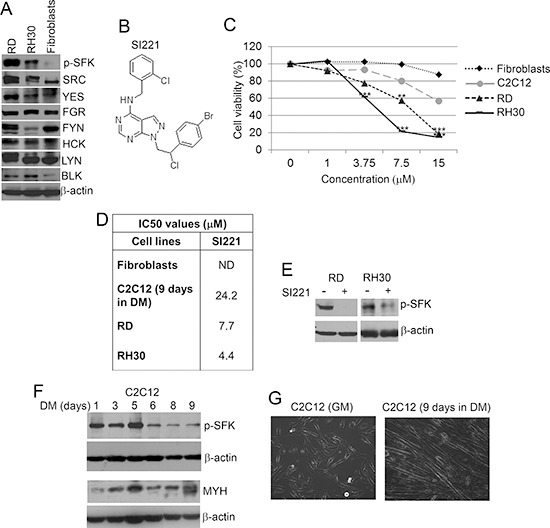Figure 1. Effect of SI221 on cell viability of RMS and non-tumor cells.

(A) Representative western blots of the active form of SFKs, i.e. phospho-SFK (p-SFK), and total levels of SFK members (SRC, YES, FGR, FYN, HCK, LYN and BLK) in RD and RH30 cell lines and primary human skin fibroblasts. An anti-β-actin antibody was used for a loading control. (B) Structure of the pyrazolo[3,4-d]pyrimidine derivative SFK inhibitor SI221. (C) MTS analysis of cell viability of primary human skin fibroblasts, C2C12 cells grown in differentiation medium (DM) for 9 days and RMS cell lines (RD and RH30) 72 hours after treatment with SI221. Results are reported as means of three independent experiments, each conducted in triplicate, and expressed as percentages of cell viability calculated with respect to control cells treated with DMSO alone. The absorbance values of treated and control samples were subjected to one-way Anova with Dunnett post-test. Statistically significant differences between treated and control cells are indicated with **: very significant (P < 0.01) and ***: extremely significant (P < 0.001). (D) Table reporting the IC50 values of SI221 on non-tumor and RMS cells. SI221 was ineffective on fibroblasts at the concentrations used and, thus, the IC50 value was not determined (ND). (E) Representative western blots showing the decrease in phospho-SFKs in RD and RH30 cell lines treated with SI221 for 72 hours with respect to control cells treated with DMSO alone. An equal loading of proteins was verified with an anti-β-actin antibody. (F) Representative western blots showing the expression of phospho-SFKs and myosin heavy chain (MYH) in C2C12 cells grown in DM for 1–9 days. An anti-β-actin antibody was used for a loading control. (G) Representative micrographs showing the change in C2C12 morphology after 9 days in DM with respect to C2C12 cells grown in growth medium (GM). Original magnification: 10X.
